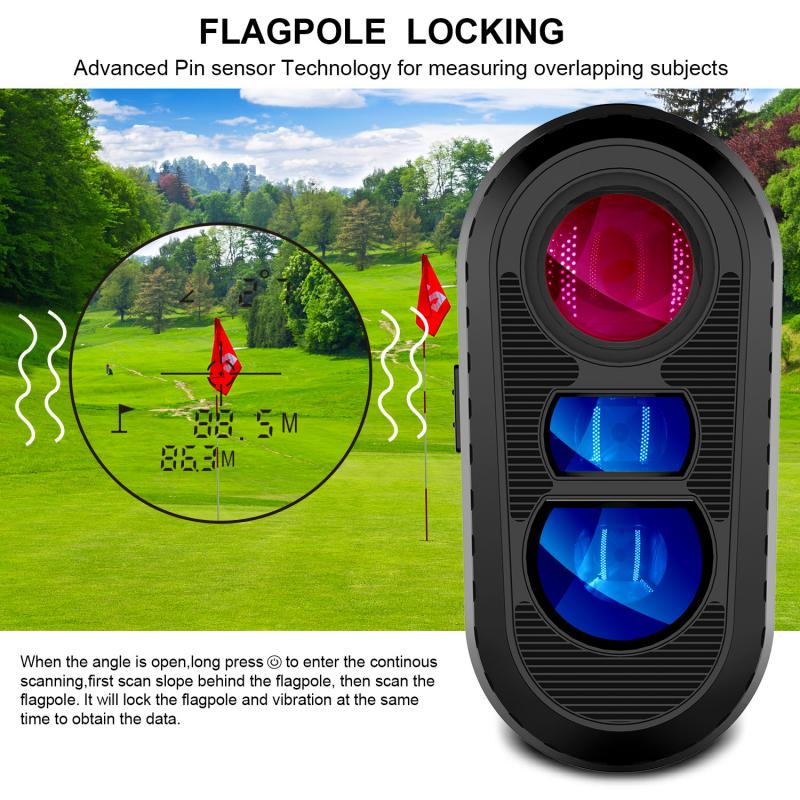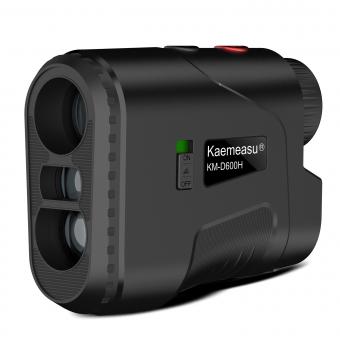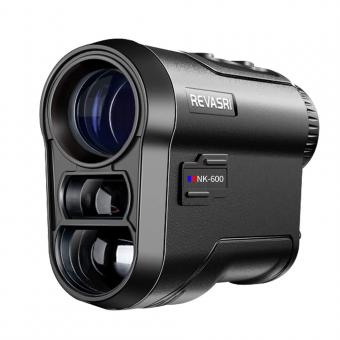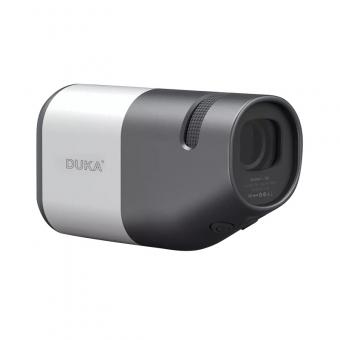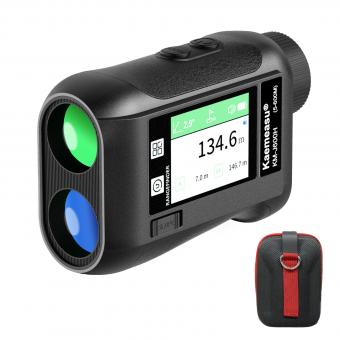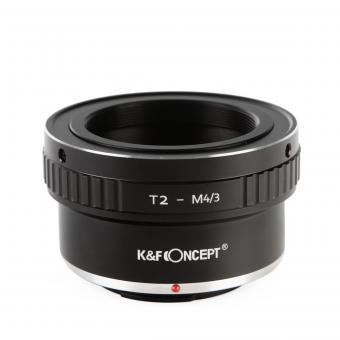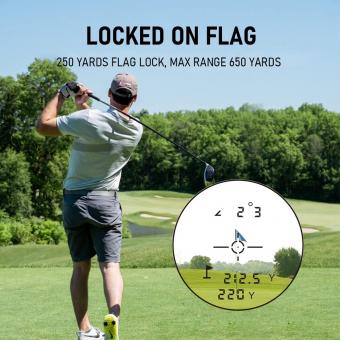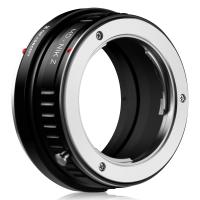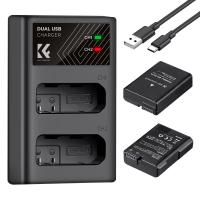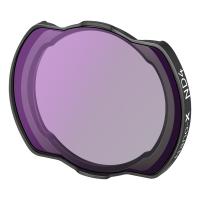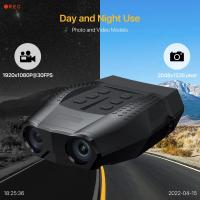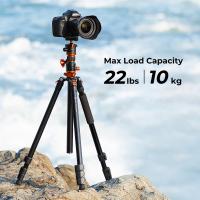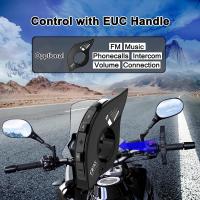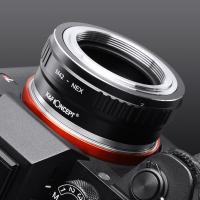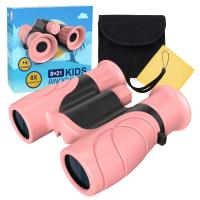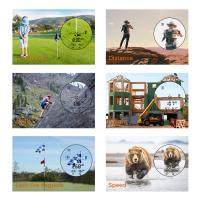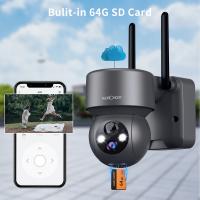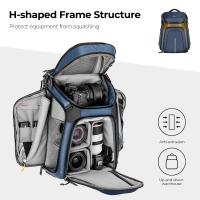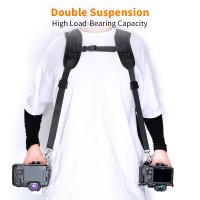How To Calibrate Bushnell Rangefinder ?
To calibrate a Bushnell rangefinder, follow these steps:
1. Set up a target at a known distance. This can be a sign, flag, or any other object with a known distance.
2. Turn on the rangefinder and aim it at the target.
3. Press and hold the power button until the rangefinder starts to display a series of numbers.
4. Adjust the focus until the numbers are clear and sharp.
5. Press the mode button until you see the "CAL" icon.
6. Press and hold the power button until the rangefinder beeps.
7. Release the power button and wait for the rangefinder to display "CAL" and a number.
8. Adjust the distance by pressing the up or down arrow buttons until the displayed number matches the known distance of the target.
9. Press the power button to save the calibration.
10. Repeat the process for different distances to ensure accurate readings.
1、 Understanding the basics of rangefinder calibration
How to calibrate Bushnell rangefinder:
1. Start by setting up a target at a known distance. This can be a flag on a golf course or a signpost on a range.
2. Turn on the rangefinder and aim it at the target. Press the button to take a reading.
3. Compare the reading to the known distance of the target. If the reading is accurate, no calibration is needed. If the reading is off, proceed to the next step.
4. Look for the calibration button on your rangefinder. This may be labeled as "mode" or "menu."
5. Press and hold the calibration button until the rangefinder enters calibration mode.
6. Follow the on-screen instructions to adjust the rangefinder's calibration. This may involve adjusting the focus or entering a new calibration value.
7. Once the calibration is complete, test the rangefinder again on the same target. The reading should now be accurate.
Understanding the basics of rangefinder calibration:
Rangefinders work by emitting a laser beam that bounces off a target and returns to the rangefinder. The rangefinder then calculates the distance based on the time it takes for the laser to travel to the target and back. However, factors such as temperature, humidity, and altitude can affect the speed of the laser and cause inaccuracies in the readings.
Calibration is the process of adjusting the rangefinder to account for these factors and ensure accurate readings. Most rangefinders come pre-calibrated from the factory, but it's important to periodically check and adjust the calibration as needed. Calibration can be done manually using the steps outlined above, or some rangefinders have automatic calibration features that adjust for environmental factors in real-time.
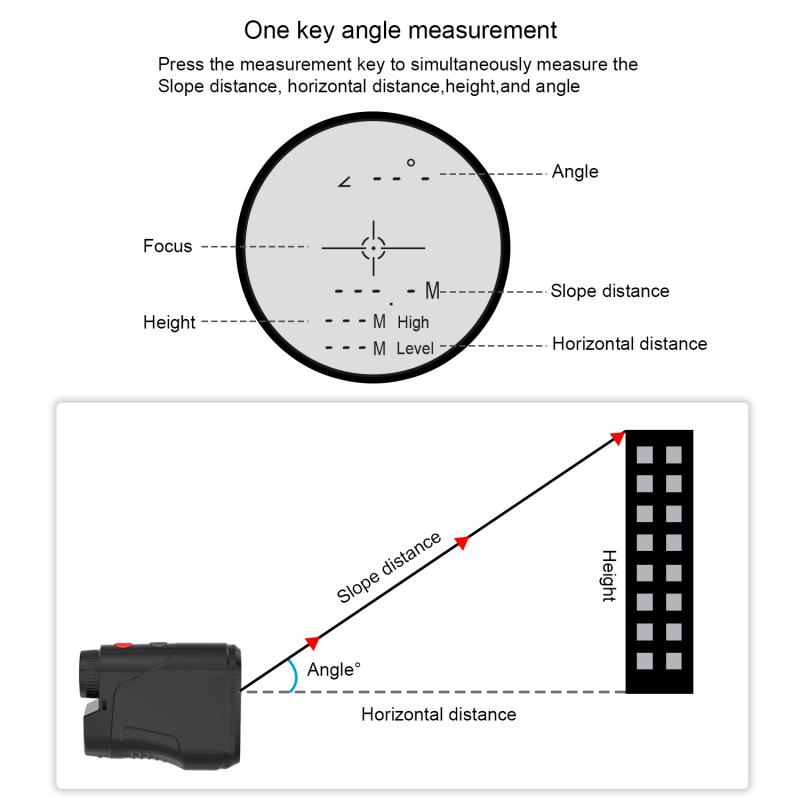
2、 Preparing for calibration: tools and equipment needed
How to calibrate a Bushnell rangefinder is a common question among hunters and golfers who rely on the accuracy of their rangefinders. Before starting the calibration process, it is important to gather the necessary tools and equipment. These include a tripod, a target with known distance, a tape measure, and a screwdriver.
The first step in calibrating a Bushnell rangefinder is to set it up on a stable tripod. This will ensure that the rangefinder is not affected by any movement or shaking. Next, select a target with a known distance, such as a flagstick on a golf course or a tree at a measured distance. Use a tape measure to confirm the distance to the target.
Once the target distance is confirmed, aim the rangefinder at the target and press the button to take a reading. Compare the reading to the known distance and note any discrepancies. If the reading is off, use a screwdriver to adjust the rangefinder's calibration settings.
It is important to note that some Bushnell rangefinders have automatic calibration features that adjust for changes in temperature, altitude, and other factors that can affect accuracy. However, it is still recommended to periodically calibrate your rangefinder to ensure the most accurate readings.
In conclusion, calibrating a Bushnell rangefinder requires a few simple tools and equipment, including a tripod, a target with known distance, a tape measure, and a screwdriver. By following the steps outlined above, you can ensure that your rangefinder is providing accurate readings for your hunting or golfing needs.
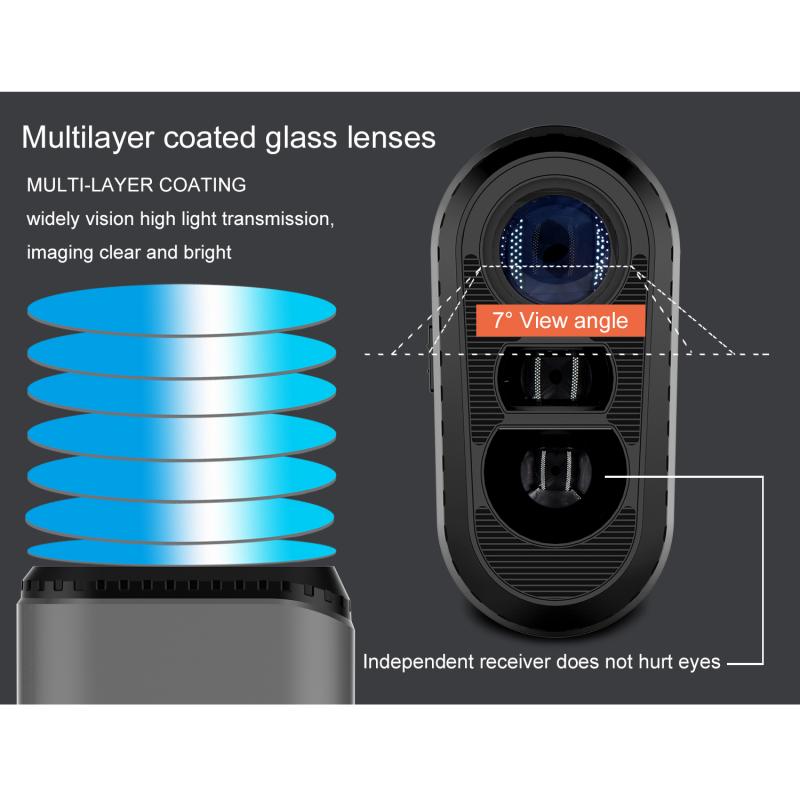
3、 Step-by-step guide to calibrating your Bushnell rangefinder
Step-by-step guide to calibrating your Bushnell rangefinder:
1. Start by setting up a target at a known distance. This could be a flag on a golf course or a signpost on a range.
2. Turn on your rangefinder and aim it at the target. Press the button to take a reading.
3. Compare the reading on your rangefinder to the known distance of the target. If the reading is accurate, you don't need to calibrate your rangefinder. If the reading is off, proceed to the next step.
4. Look for the calibration button on your rangefinder. This is usually located on the side or bottom of the device.
5. Press and hold the calibration button until the rangefinder enters calibration mode. This may take a few seconds.
6. Aim the rangefinder at the target again and press the button to take a reading.
7. Use the calibration button to adjust the reading until it matches the known distance of the target.
8. Once you have calibrated your rangefinder, take a few more readings to ensure that it is accurate.
It's important to note that some Bushnell rangefinders may have different calibration procedures, so it's always a good idea to consult the user manual for your specific model. Additionally, it's recommended to calibrate your rangefinder periodically to ensure that it remains accurate over time.
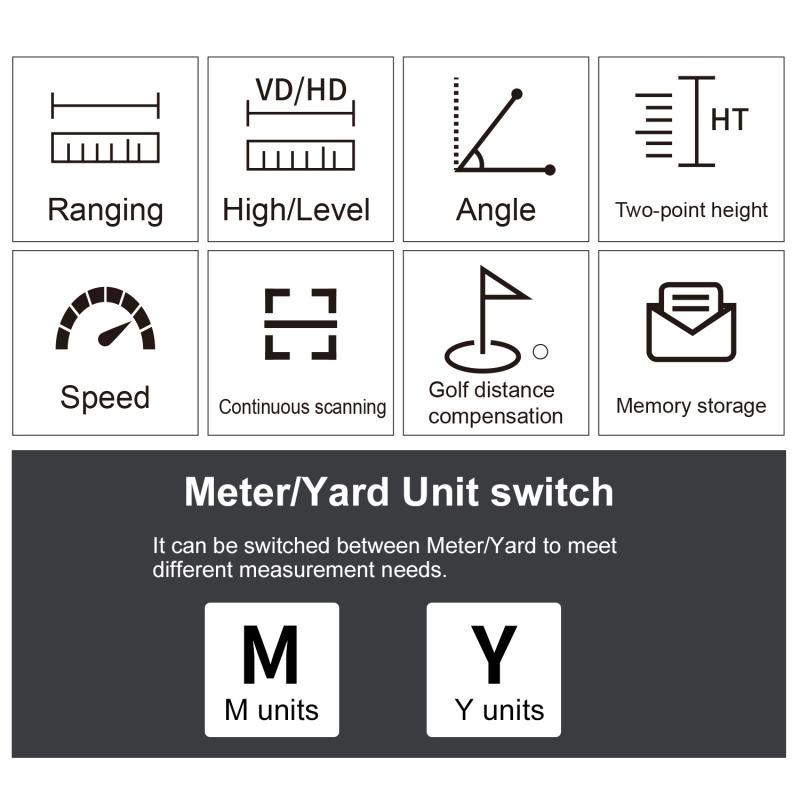
4、 Troubleshooting common calibration issues
How to calibrate Bushnell rangefinder:
1. Start by setting up a target at a known distance. This can be a flag on a golf course or a signpost on a range.
2. Turn on the rangefinder and aim it at the target. Press the button to take a reading.
3. If the reading is accurate, you're good to go. If not, you'll need to calibrate the rangefinder.
4. To calibrate, use a screwdriver to adjust the calibration screw on the side of the rangefinder. Turn it clockwise to increase the distance reading and counterclockwise to decrease it.
5. Take another reading and repeat the process until the rangefinder is calibrated to your satisfaction.
Troubleshooting common calibration issues:
1. Inconsistent readings: If your rangefinder is giving you inconsistent readings, it may be due to a dirty lens or a low battery. Clean the lens and replace the battery if necessary.
2. Difficulty focusing: If you're having trouble focusing on your target, try adjusting the eyepiece. If that doesn't work, make sure the rangefinder is properly aligned with your eye.
3. Incorrect readings: If your rangefinder is consistently giving you incorrect readings, it may be due to a faulty calibration. Follow the steps above to recalibrate the rangefinder.
4. Limited range: If your rangefinder isn't reaching the distances you need, it may be due to environmental factors such as fog or glare. Try using a reflective target or waiting for better conditions.
It's important to note that different models of Bushnell rangefinders may have slightly different calibration procedures. Always refer to the user manual for specific instructions. Additionally, some newer models may have automatic calibration features that eliminate the need for manual adjustments.
